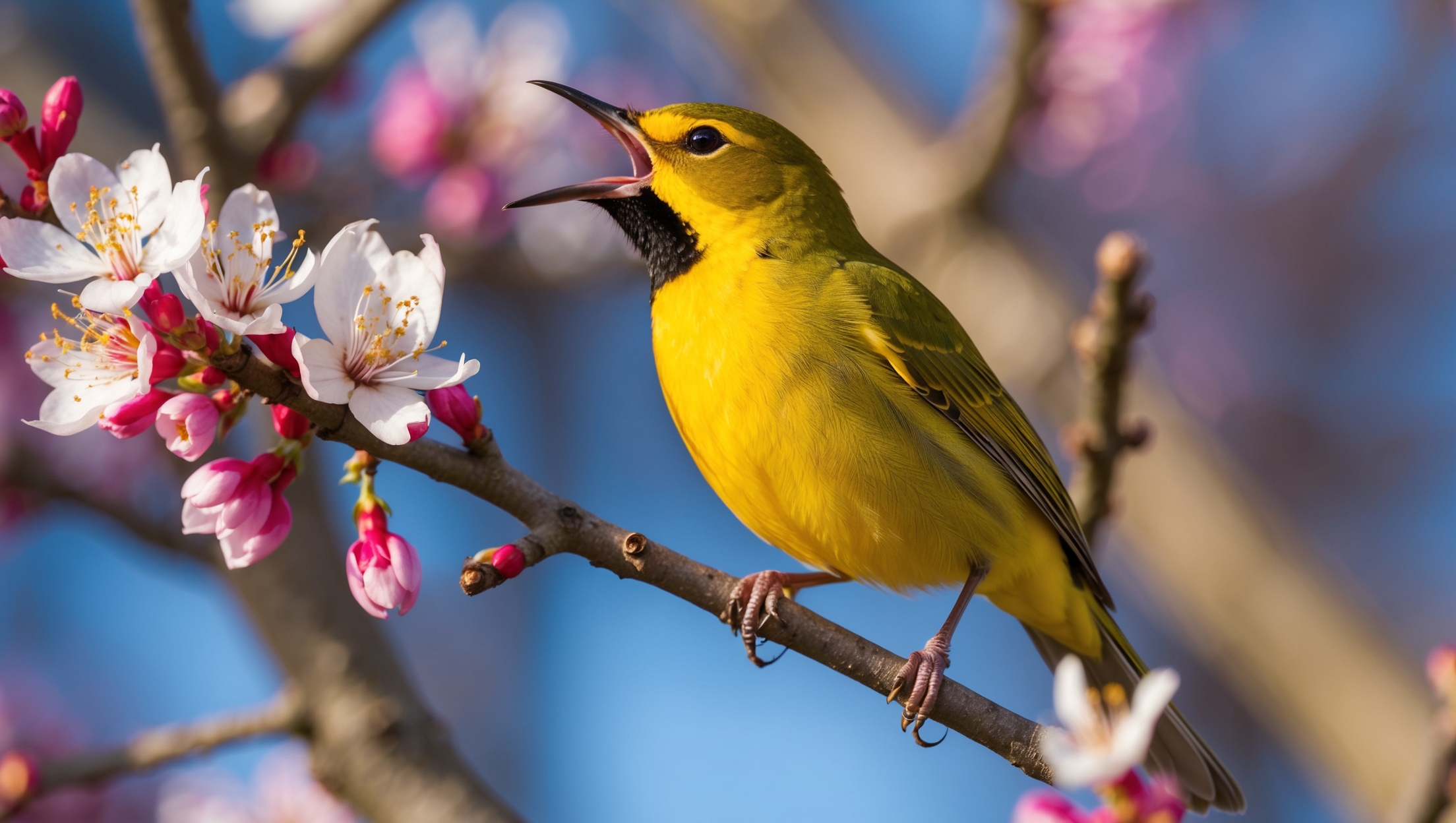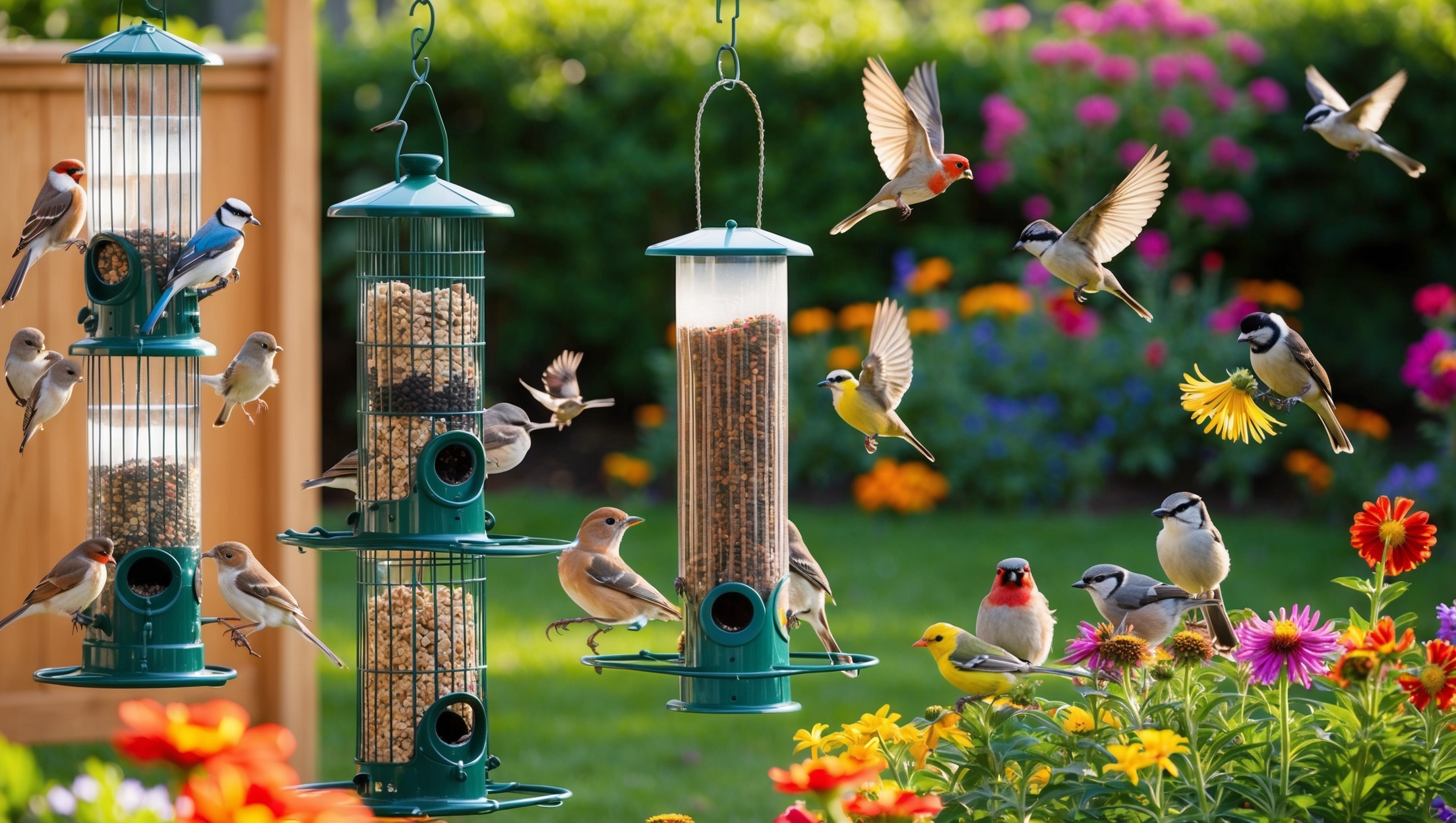Unlocking the Secret Language of Birds in Your Backyard
Ever found yourself enchanted by the symphony of chirps and trills as you sip your morning coffee? If so, you’re not alone. Birdwatching is not just about spotting these feathery creatures but also about understanding their vibrant conversations with each other—and, admittedly, eavesdropping on nature has never been this fun.
The Intriguing Chatter of Birds
Birds have quite a bit to say if you tune in. They communicate using an elaborate system of sounds and behaviors to express an array of messages—territorial boundaries, mating calls, or even warnings of danger. It’s like a daily soap opera, but with wings! Imagine being able to distinguish a “hello” chirp from an “intruder alert” call. Let’s dive into this fascinating world.

Chirps and Chapters: Understanding Bird Sounds
Most birdwatchers start by identifying songs and calls. A song typically serves to claim territory or attract mates, while calls might indicate alarm or communication with fledglings. It’s a bit like tuning into your favorite playlist—the more you listen, the better you get at identifying tracks.
Here’s a quick guide to get you started:
- Long, melodious tunes are usually male birds showing off their array of talent to attract mates or assert their presence.
- Short, sharp calls often signify distress or an alert to potential predators lurking about.
- Low-pitched sounds can sometimes hint at an impending storm front. Birds, the ultimate weather forecasters? Maybe!
Body Language: The Unspoken Words of Birds
Not all communication is vocal. Birds also engage in a mesmerizing display of body language. Ever seen a bird puff itself up? That’s our version of a confident power pose! Body fluffing in the morning sun often signifies contentment and joy.

Bring All the Birds to Your Yard
The good news is, you can attract more birds to your own backyard concert with a few simple tweaks. Consider installing a bird feeder, a birdbath for drinking and preening, and some native plants that provide natural food sources. Your backyard will soon become the hottest spot (for birds, at least)!
To convert your garden into a bird haven:
- Provide water: A simple water feature can attract a variety of birds all year round.
- Plant native flora: Native plants often offer seeds, nectar, and insects that attract local birds.
- Feeder and food: Different species are drawn to different kinds of feeders and foods, so diversify your offerings.

Conclusion
Whether you’re spying on sparrows, mocking jays, or robins, understanding their language transforms birdwatching into a truly immersive experience. Next time you hear a chirp or tweet from beyond your window, it might just be an invitation to explore and engage with the wonderful world of avian communication. Happy birdwatching—and may your coffee breaks never be the same again!